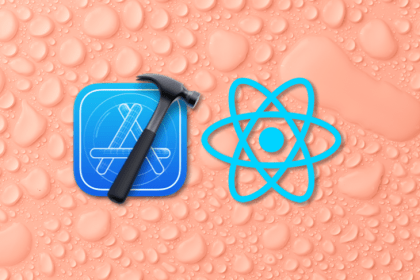
Ever wonder how to build a tag input field component for your React app? Here’s a quick tutorial to show you how.

Compare the best boilerplates for React Native in order to get your project off the ground quickly and with the right tools

Learn how to build multi-step wizards in a small proof-of-concept application with Formik and React Query right here.

Using XState and React to build state machines is one of the easiest and most efficient ways to handle state in any JavaScript application.

React Hook Form V7 supports strictly typed forms with the help of TypeScript. See what else is new in the most recent release.

Learn how to create a reusable auth flow for your React Native apps that you can easily copy-paste into your next project.

Use Xcode when building iOS apps with React Native to find and fix build issues faster and more efficiently.

While the response to Hooks has been overwhelmingly positive, we are going to look at some of the not so popular parts of React Hooks.

Check improvements to React Native released with version 0.64, including Hermes updates and dependency changes.

Learn which third-party React Native libraries create the best possible user and developer experience for styling, navigation, testing, and more.

Take advantage of GraphQL on the frontend by automating the creation of TypeScript types and the generation of custom React Query hooks using GraphQL Code Generator.

GraphQL simplifies CRUD by abstracting requests to a single endpoint.